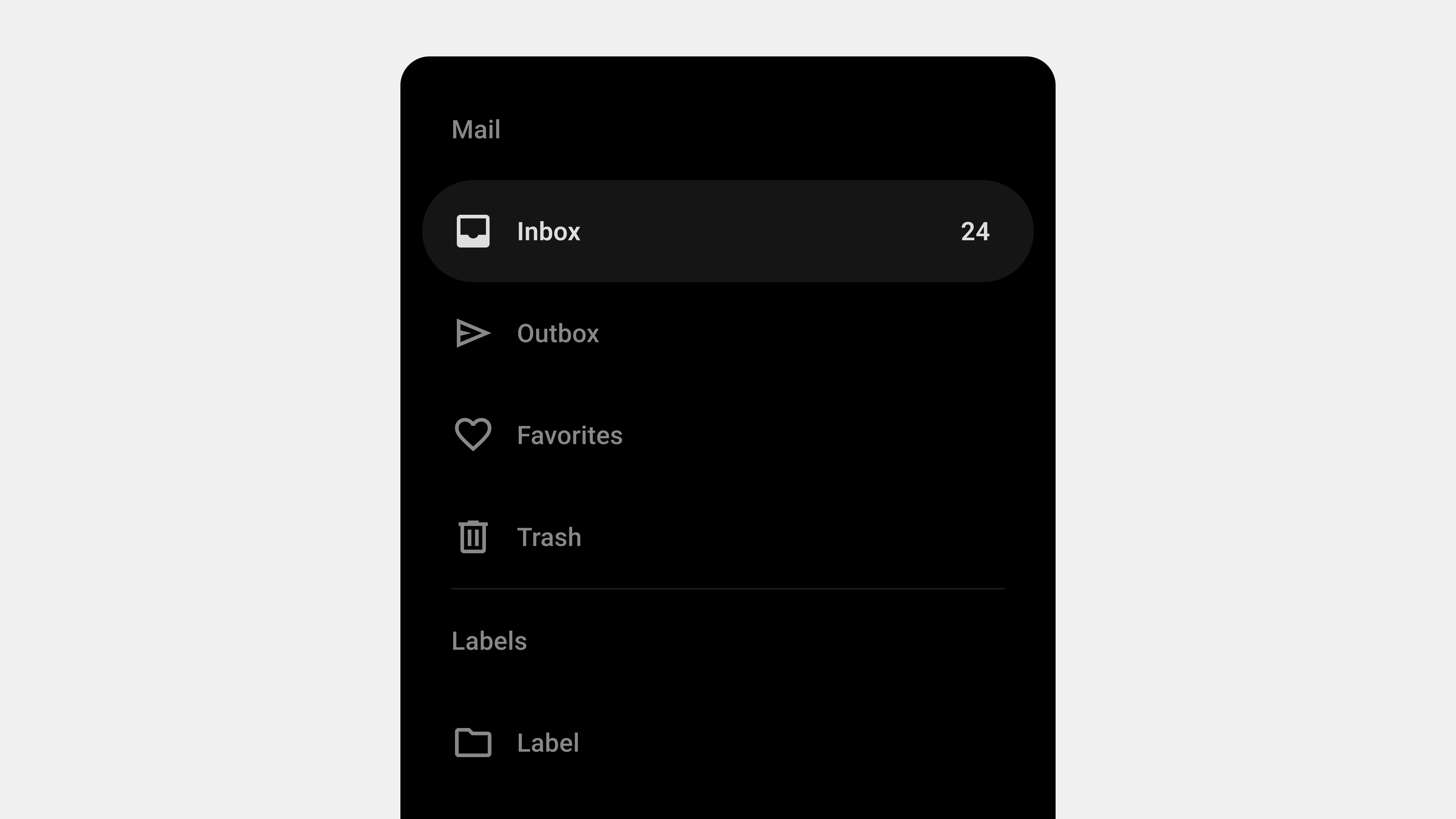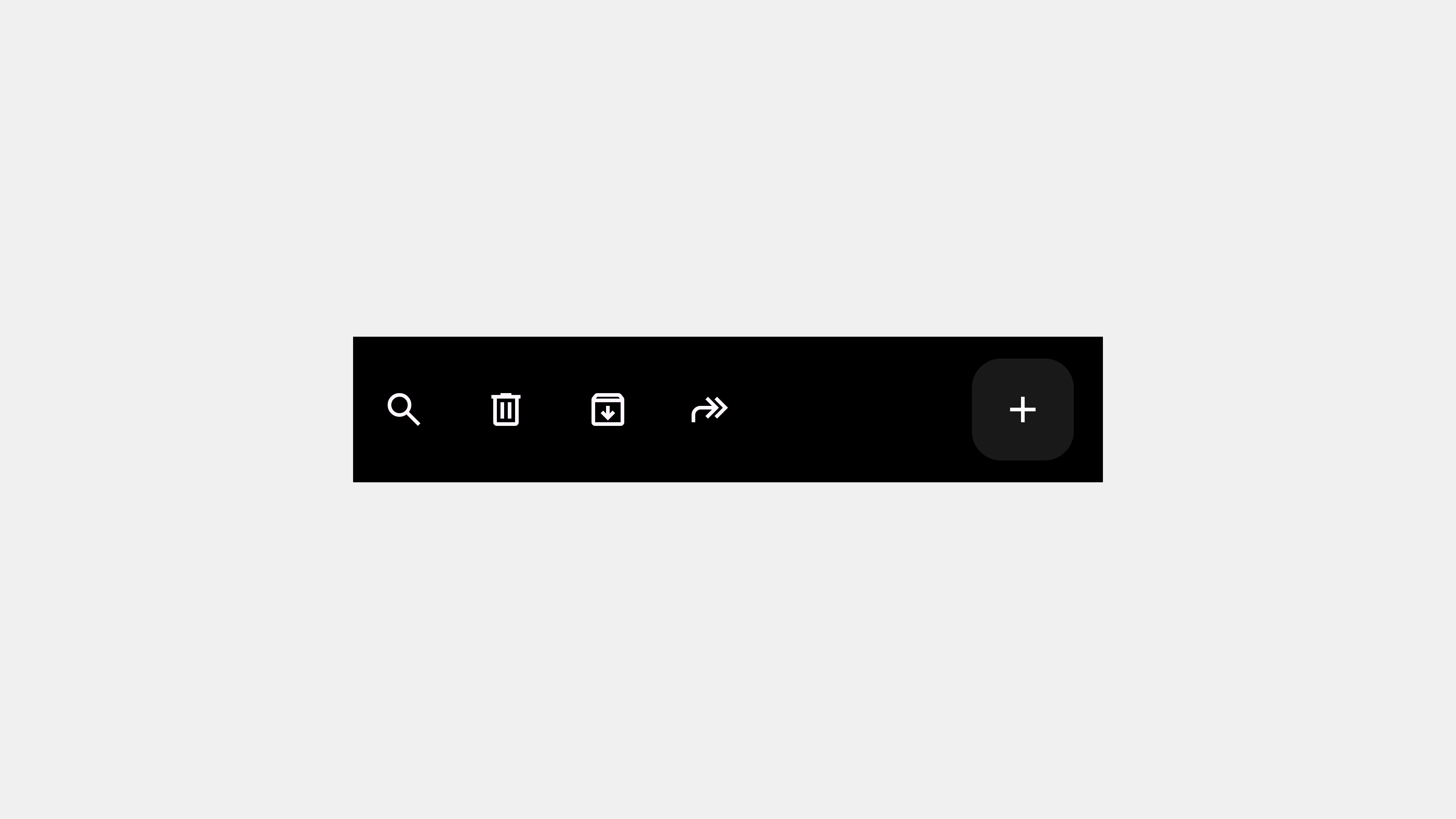Key Functions of Navigation Drawers: A Detailed Exploration
Navigation drawers are a fundamental component of modern user interfaces, designed to streamline navigation and enhance usability. Their hidden, expandable structure makes them ideal for organizing a large number of features without overwhelming the user. This article explores the primary functions of navigation drawers, emphasizing their role in creating intuitive and efficient digital experiences.
1. Organizing and Categorizing Content
One of the core functions of a navigation drawer is to organize and categorize content, providing users with a clear structure to explore features and resources.
How It Works
- Grouping Items: Related features are grouped together under headers or sections for better discoverability.
- Hierarchical Navigation: Supports multi-level menus, enabling users to drill down into subcategories.
Benefits
- Reduces clutter on the main interface.
- Makes complex systems easier to navigate.
Example
In an e-commerce app:
- Categories like “Men,” “Women,” and “Kids” are top-level items.
- Subcategories like “Clothing” and “Accessories” are nested under them.
2. Providing Quick Access to Key Features
Navigation drawers enable users to access essential features or frequently used sections with minimal effort.
How It Works
- Shortcut Links: Direct links to critical actions like “Home,” “Search,” or “Profile.”
- Pinned Features: Important items are pinned at the top of the drawer for easy access.
Benefits
- Saves time by reducing the number of clicks or taps needed.
- Improves overall efficiency for power users.
Example
In a productivity app like Trello, quick links to “Boards,” “Notifications,” and “Settings” allow users to switch contexts effortlessly.
3. Enhancing Personalization
Navigation drawers can dynamically adapt to user preferences and behavior, offering a personalized experience.
How It Works
- Dynamic Menus: Display content based on user activity, such as recently visited sections or saved items.
- Profile Integration: Includes user-specific details like profile pictures, account names, and shortcuts.
Benefits
- Increases engagement by prioritizing relevant content.
- Provides a sense of ownership and customization.
Example
Streaming platforms like Netflix use the drawer to show personalized recommendations and quick links to the user’s watchlist.
4. Supporting Seamless Cross-Platform Navigation
Navigation drawers maintain consistency across devices, making them a versatile tool for multi-platform applications.
How It Works
- Responsive Design: Adapts the layout to suit different screen sizes and orientations.
- Consistent Structure: Retains the same menu organization across mobile, tablet, and desktop versions.
Benefits
- Reduces the learning curve for users switching between devices.
- Enhances brand identity through uniform design.
Example
Slack’s navigation drawer provides the same structure for channels and direct messages across all devices, ensuring familiarity.
5. Improving Focus with Contextual Navigation
Navigation drawers can adjust their content based on the user’s current context, offering options relevant to the task at hand.
How It Works
- Context-Aware Menus: Display actions related to the active screen or task.
- Dynamic Updates: Change the menu items as the user navigates through the application.
Benefits
- Reduces cognitive load by limiting options to relevant ones.
- Enhances task efficiency by aligning navigation with user goals.
Example
In a design app like Figma, the drawer might show “Layers” and “Components” when editing a file, but display “Account Settings” when on the home screen.
6. Enhancing Accessibility and Usability
Navigation drawers contribute to a more inclusive experience by supporting accessibility features.
How It Works
- Screen Reader Compatibility: Uses ARIA roles and semantic HTML for better interaction with assistive technologies.
- Keyboard Navigation: Allows users to open, close, and navigate through the drawer using only a keyboard.
- Focus Indicators: Highlights interactive elements to improve visibility for users with visual impairments.
Benefits
- Ensures usability for a broader range of users.
- Complies with accessibility standards like WCAG.
Example
A government website with a navigation drawer ensures that all links are screen-reader friendly and accessible via keyboard shortcuts.
7. Enabling Multi-Level Navigation
For applications with extensive hierarchies, navigation drawers simplify multi-level navigation without overwhelming the user.
How It Works
- Expandable Menus: Submenus appear dynamically when users interact with a parent item.
- Breadcrumb Integration: Shows the user’s current location within the hierarchy.
Benefits
- Keeps the interface clean while offering depth when needed.
- Reduces the steps required to navigate to specific sections.
Example
A content management system (CMS) might use a drawer to navigate between “Pages,” “Posts,” and nested categories like “Drafts” and “Published.”
8. Supporting Offline Functionality
Navigation drawers can enhance offline usability by providing cached or locally stored content.
How It Works
- Preloaded Content: Displays options that are available offline, like downloaded files or recent activity.
- Error Messaging: Communicates connectivity issues while guiding users to accessible features.
Benefits
- Ensures the app remains functional even without an internet connection.
- Improves user trust by handling errors gracefully.
Example
A cloud storage app like Google Drive shows offline files prominently in the navigation drawer when the user is disconnected.
9. Facilitating Error Handling and Recovery
Navigation drawers can help users recover from errors by providing fallback options and clear pathways.
How It Works
- Visible Home Links: Always display a “Home” or “Dashboard” link for easy recovery.
- Error Notifications: Highlight errors (e.g., failed loading) directly in the drawer.
Benefits
- Reduces frustration by offering clear recovery options.
- Maintains user confidence in the application’s reliability.
Example
In an online learning platform, the drawer may show a persistent “Help” link to guide users facing technical issues.
10. Encouraging Exploration and Engagement
Navigation drawers can encourage users to explore additional features or content by showcasing secondary options.
How It Works
- Highlight New Features: Use badges or highlights to draw attention to updates or new functionality.
- Recommended Actions: Suggest content or actions based on user behavior.
Benefits
- Increases user engagement by introducing less obvious features.
- Drives deeper exploration of the platform’s capabilities.
Example
An e-commerce app might use the drawer to promote seasonal sales or highlight unused features like “Wishlist.”
Conclusion
The navigation drawer is more than just a space-saving tool—it’s a powerhouse for organizing content, improving accessibility, supporting personalization, and enhancing usability. By leveraging its key functions, designers and developers can create navigation systems that are intuitive, efficient, and user-friendly. Whether you’re building a mobile app, web application, or desktop software, understanding these functionalities ensures your navigation drawer meets both user and business goals effectively.

